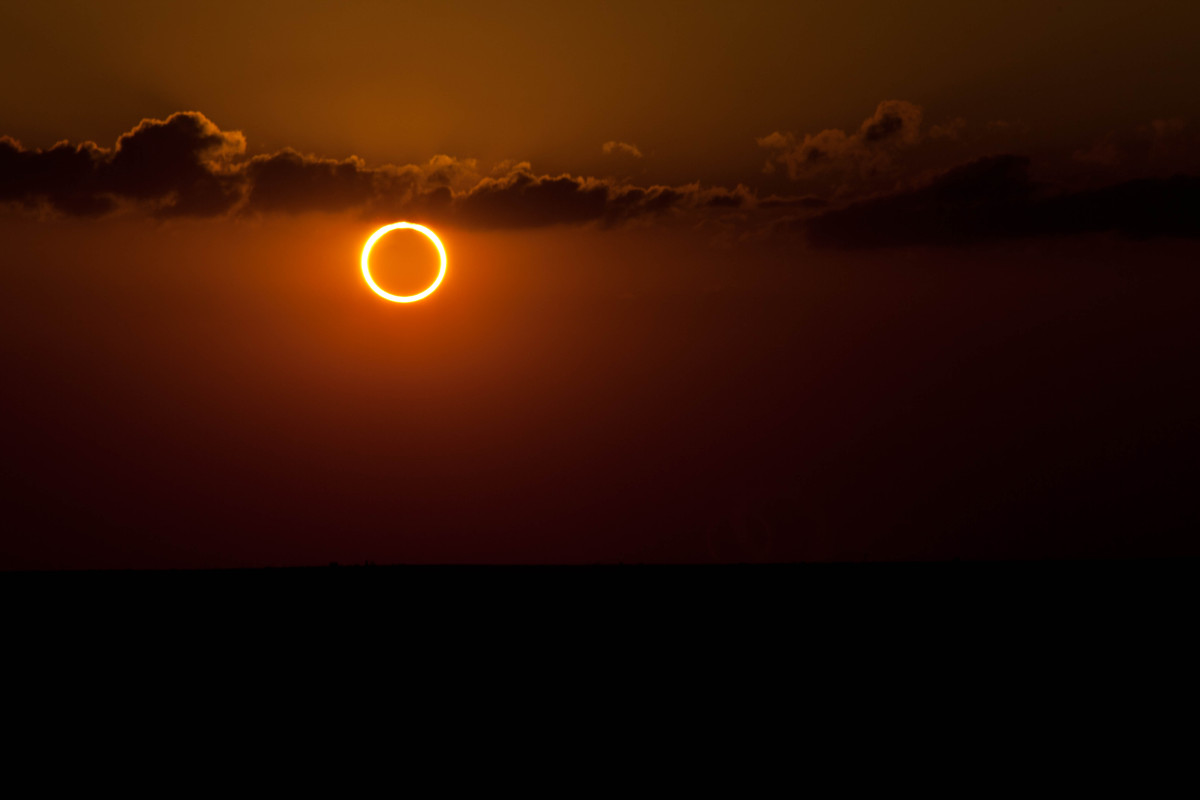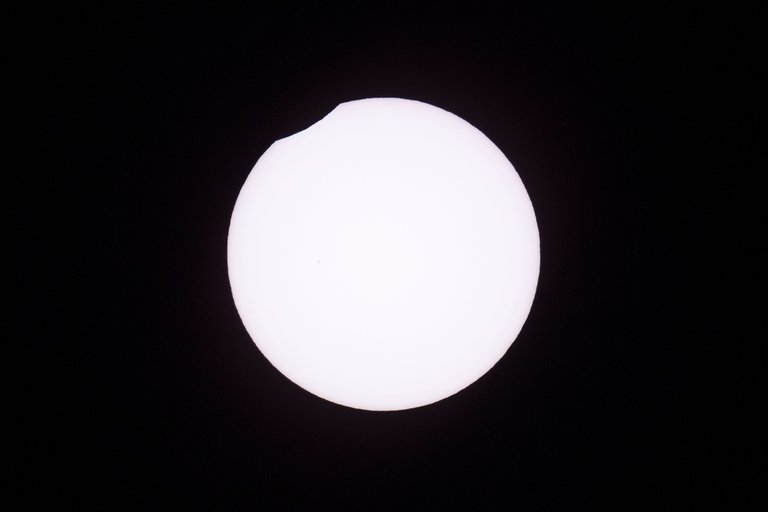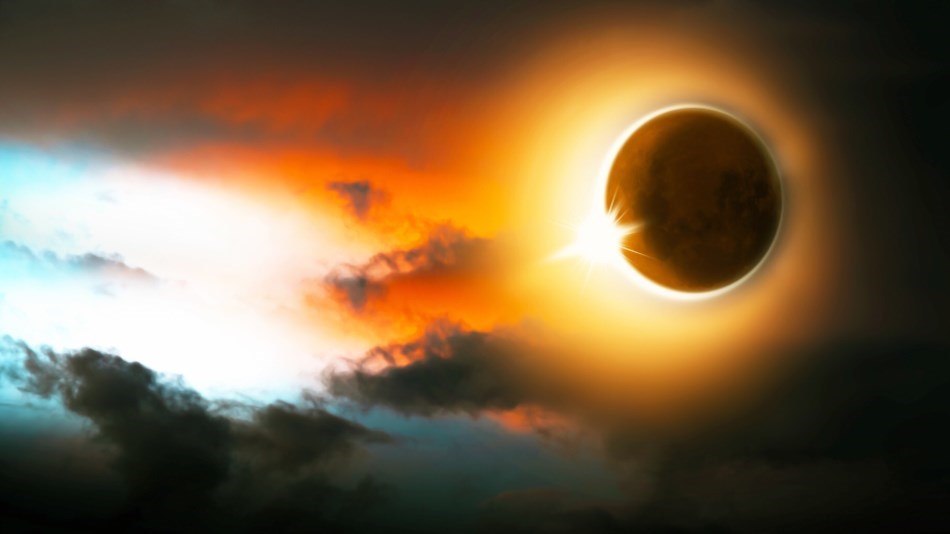An event of this kind — technically called an annular eclipse — is a byproduct of the moon’s elliptical nature around the Earth, which means it is sometimes further away from the planet than at other times. An annular eclipse is one that happens when the moon is unable to completely block our view of the sun because it is at one of its greater distances from Earth.

The countries with the best chance of viewing an annular eclipse are those that lie along the path of annularity, an invisible line that traces the path taken by the moon’s shadow as it moves across the globe, according to C. Alex Young, a solar astrophysicist from NASA. They include Chile and Argentina in South America and Angola, Zambia and the Democratic Republic of Congo in Africa, where viewers were able to see the full “ring of fire” effect for roughly one minute.
Skywatchers on the ground in those countries — including more than a few government agencies — live-tweeted their experience on Sunday, with some complaining that overcast weather dampened their views. People outside the direct path of annularity could still get a glimpse of the show although it was only be a partial eclipse.

For everyone else, there is always the internet. Slooh Community Observatory, a system of telescopes, broadcast the eclipse online via live stream beginning around 7 a.m. Eastern time on Sunday. Americans will also get to watch an eclipse of their own soon enough. A total solar eclipse is due on Aug. 21.
By LIAM STACK – NYTIMES.COM








